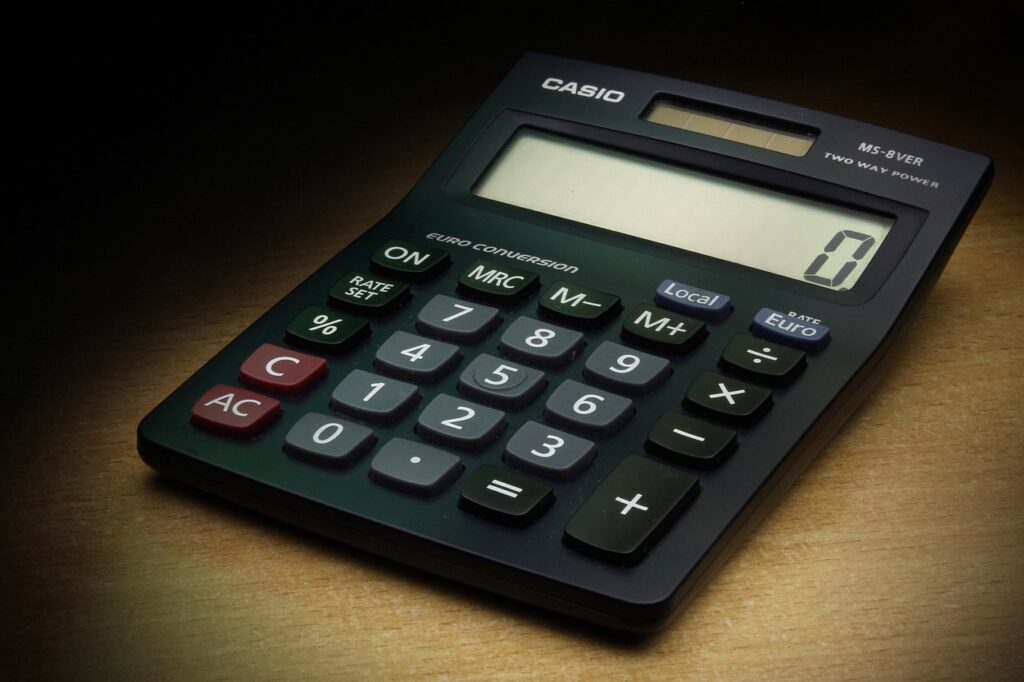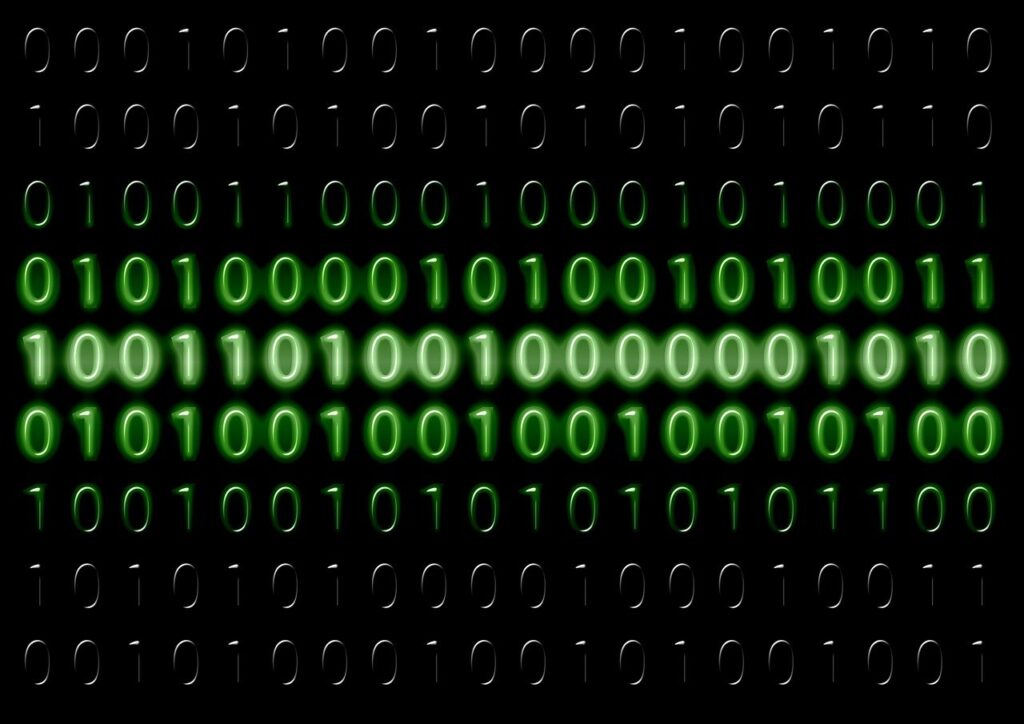The concept of “zero” is often taken for granted in our daily lives, yet its journey from an abstract idea to a foundational pillar of modern mathematics and technology is a fascinating saga spanning millennia and cultures. Far from merely representing “nothing,” zero embodies a sophisticated mathematical concept that underpins our numerical systems, enabling complex calculations and precise measurements that would otherwise be impossible. Understanding its origins and diverse applications offers crucial insights into how human thought has evolved to solve increasingly intricate problems and navigate the complexities of quantitative information.
In an era where data drives decisions and precision is paramount, grasping the nuanced roles of fundamental concepts like zero becomes more than an academic exercise; it’s essential for informed understanding. This comprehensive exploration delves into the historical development, cross-cultural interpretations, and multifaceted applications of zero, highlighting its objective significance across various fields, from ancient accounting practices to cutting-edge computer science. Our aim is to provide a clear, detailed, and trustworthy guide to this indispensable numerical innovation, empowering readers with a deeper appreciation for its pervasive influence.
This article, adopting the informative and data-driven approach, will systematically dissect the evolution and utility of zero. We will scrutinize its fundamental properties, trace its etymological path, and meticulously examine its emergence in various ancient civilizations. By presenting factual information and expert analysis, we endeavor to offer an unbiased evaluation of zero’s historical footprint and its enduring, practical value in contemporary society, ensuring a thorough understanding for a general audience.
1. **The Fundamental Nature of Zero**.
At its core, zero (0) represents an empty quantity, acting as a crucial element in both arithmetic and abstract mathematical structures. Its most fundamental property is its role as the additive identity: “Adding (or subtracting) 0 to any number leaves that number unchanged.” This means that for any number ‘x’, the equation `x + 0 = 0 + x = x` holds true, establishing 0 as the “identity element (or neutral element) with respect to addition” across various algebraic systems.
Zero profoundly influences multiplication as well. The rule states that “Multiplying any number by 0 results in 0,” meaning `x · 0 = 0 · x = 0`. This indicates zero’s absorbing nature, consistently ensuring that any product involving zero yields zero. Consequently, “0 has no multiplicative inverse” as no real number multiplied by 0 can produce 1, a crucial distinction for mathematical consistency.
However, the behavior of zero in division presents a critical point: while “0 / x = 0, for nonzero x,” the operation “x / 0 is undefined” in arithmetic. This indefinability, a direct consequence of zero’s lack of a multiplicative inverse, prevents logical contradictions and is paramount for both theoretical understanding and practical computation, underscoring zero’s unique position.
Read more about: The Tariff Tangle: Why Key Auto Parts Are Vanishing From Stores and How Repair Costs Are Skyrocketing
2. **Etymological Roots and Nomenclature**
The word “zero” boasts a rich etymological history, traversing languages and cultures before settling into its modern English form. It entered English “via French zéro from the Italian zero, a contraction of the Venetian zevero form of Italian zefiro via ṣafira or ṣifr.” Historically, the Arabic word “ṣifr (Arabic صفر)” meant “empty,” evolving to mean zero when “used to translate śūnya (Sanskrit: शून्य)” from India. The first English use of “zero” was recorded in 1598.
Fibonacci (c. 1170 – c. 1250), credited with introducing the decimal system to Europe, popularized a related term. He used “zephyrum,” which became “zefiro” in Italian and was then “contracted to zero in Venetian.” This linguistic journey highlights the term’s integration into European thought, with the existing Italian “zefiro” possibly influencing the spelling.
Beyond formal etymology, zero has various common names and informal terms. Synonyms include “zero, nought, naught, and nil.” In practical communication, especially for digit strings like “telephone numbers” or “years,” zero is often pronounced “oh” or “o,” as in “two oh one,” pragmatically “avoid[ing] confusion with the letter O.” Informal terms include “zip, zilch, nada, and scratch,” and sports terms like “love” in tennis and “duck” in cricket.
Read more about: Michelle, a Name of Enduring Legacy: Tracing Its Deep Roots, Cultural Impact, and Global Resonance
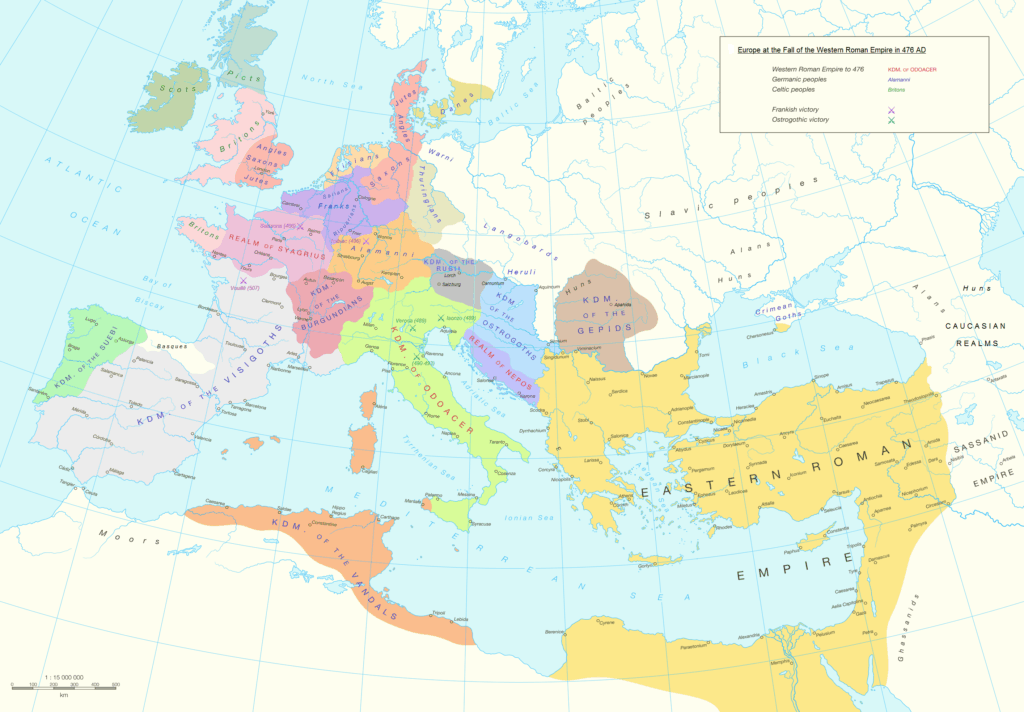
3. **Ancient Near Eastern Precursors**
The concept of an empty quantity, a precursor to our modern understanding of zero, can be traced back to ancient civilizations in the Near East. Ancient Egyptian numerals, utilizing a base-10 system, presented an early symbolic representation. In a papyrus around 1770 BC, a scribe “used the nfr hieroglyph to indicate cases where the amount of a foodstuff received was exactly equal to the amount disbursed,” which Egyptologist Alan Gardiner suggested was a symbol for zero. This symbol also “indicated the base level in drawings of tombs and pyramids.”
Transitioning to Mesopotamia, Babylonian mathematics, by the mid-2nd millennium BC, developed a sophisticated base-60 positional numeral system. Initially, “The lack of a positional value (or zero) was indicated by a space between agesimal numerals.” Later, “In a tablet unearthed at Kish (dating to as early as 700 BC), the scribe Bêl-bân-aplu used three hooks as a placeholder,” and by 300 BC, “a punctuation symbol (two slanted wedges) was repurposed as a placeholder.”
It is crucial to note that the Babylonian “zero-like placeholder mark was only ever used in between digits, but never alone or at the end of a number.” Furthermore, it “did not explicitly specify the magnitude of the leading agesimal digit,” meaning values were “only distinguished implicitly from context,” unlike the explicit role of zero in modern place-value systems.
Read more about: Saint Jerome: A Pillar of Early Christian Scholarship, Translator of the Vulgate, and Enduring Theologian
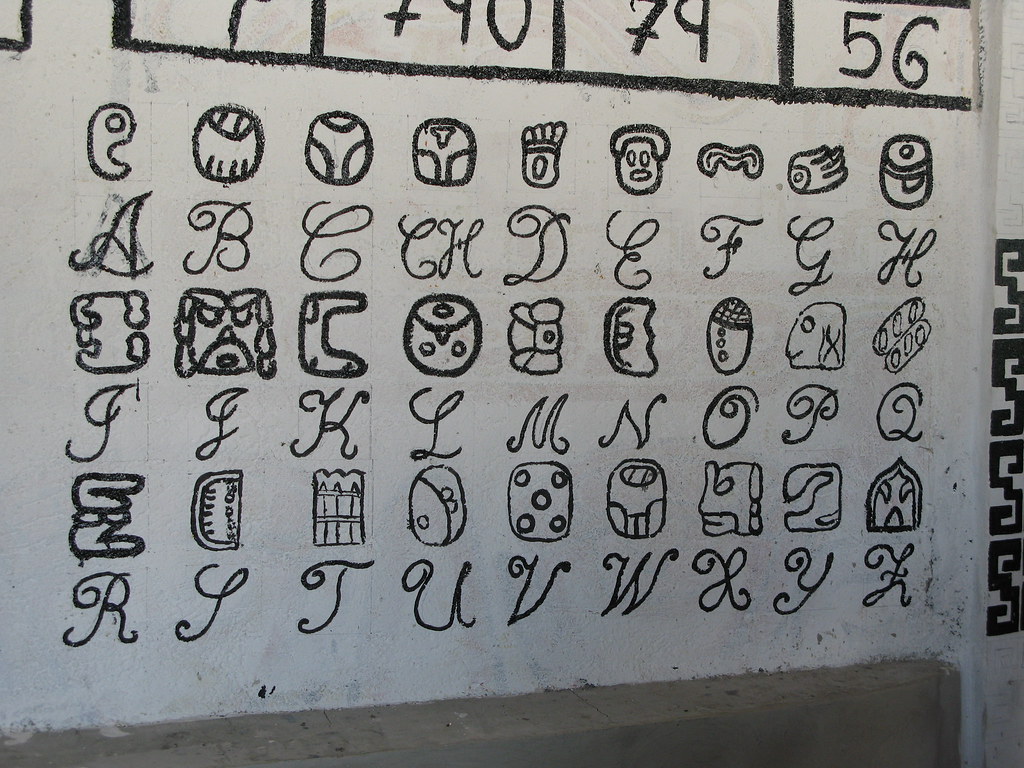
4. **Zero in the Americas**
Independent developments of zero as a placeholder emerged in the Pre-Columbian Americas, particularly within Mesoamerican calendrical systems. The “Mesoamerican Long Count calendar developed in south-central Mexico and Central America required the use of zero as a placeholder within its vigesimal (base-20) positional numeral system.” Various glyphs, including the “partial quatrefoil,” served as this zero symbol, with the earliest firmly dated instance found “on Stela 2 at Chiapa de Corzo, Chiapas,” bearing a date of 36 BC.
The origins of this American zero are often attributed to cultures predating the Maya. Given that “the eight earliest Long Count dates appear outside the Maya homeland, it is generally believed that the use of zero in the Americas predated the Maya and was possibly the invention of the Olmecs.” This suggests their foundational influence on this crucial numerical concept, despite the Olmec civilization ending centuries before the earliest known Long Count dates.
Furthermore, the Inca Empire utilized the “Quipu,” a knotted cord device for “accounting and other digital data” in a base-ten positional system. Here, “Zero is represented by the absence of a knot in the appropriate position,” demonstrating an ingenious method for indicating an empty value. Crucially, despite its profound role, this American development “is assumed not to have influenced Old World numeral systems.”
Read more about: Unleashing Your Inner Foodie: Yelp’s Top 14 All-You-Can-Eat Restaurants, State by State
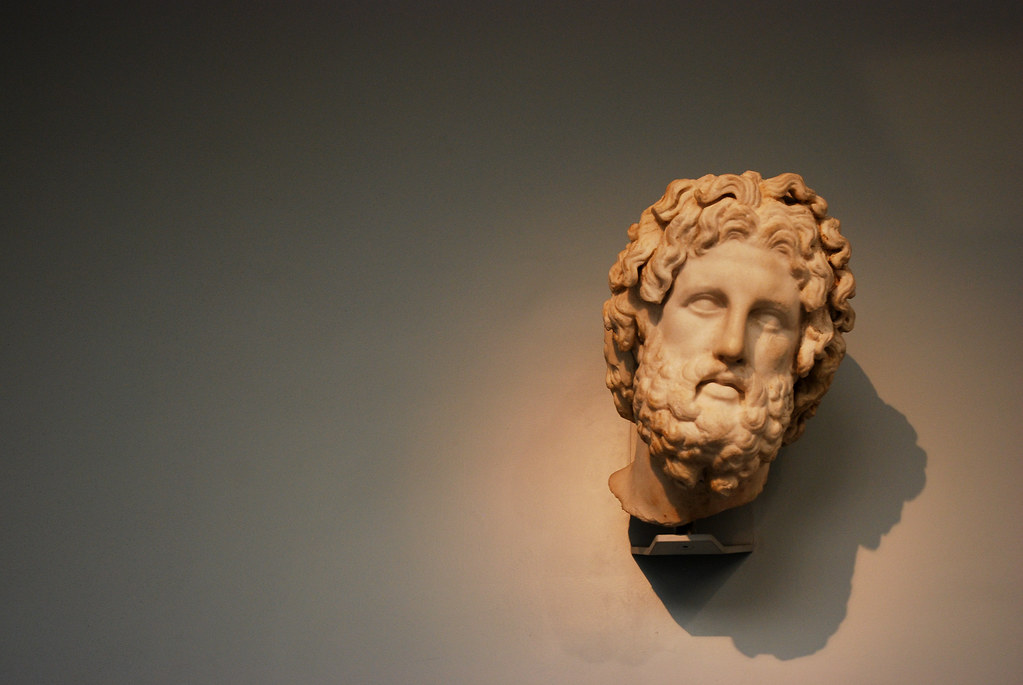
5. **Classical Greek Philosophical Resistance and Ptolemaic Adoption**
In classical antiquity, the ancient Greeks displayed a complex relationship with zero, marked by philosophical resistance and later pragmatic adoption. Initially, “The ancient Greeks had no symbol for zero (μηδέν, pronounced mēdén), and did not use a digit placeholder for it.” This absence stemmed from deep philosophical queries like, “How can not being be?”, leading to “philosophical and… religious arguments about the nature and existence of zero and the vacuum.” Zeno of Elea’s paradoxes also “depend in large part on the uncertain interpretation of zero.”
Despite this philosophical apprehension, practical necessity, especially in astronomy, eventually prompted a partial adoption. “According to mathematician Charles Seife, the ancient Greeks did begin to adopt the Babylonian placeholder zero for their work in astronomy after 500 BC, representing it with the lowercase Greek letter ό (όμικρον: omicron).” However, this was often a utilitarian borrowing; “after using the Babylonian placeholder zero for astronomical calculations they would typically convert the numbers back into Greek numerals.”
A more definitive integration occurred with Ptolemy by AD 150. Influenced by earlier works, Ptolemy “was using a symbol for zero (—°)” in his monumental “Syntaxis Mathematica, also known as the Almagest.” This “Hellenistic zero was perhaps the earliest documented use of a numeral representing zero in the Old World.” Ptolemy employed it extensively, not merely as a placeholder, but as “a number used by two continuous mathematical functions,” for instance, in recording “the magnitude of solar and lunar eclipses.” He utilized the symbol “as a placeholder in two positions of his agesimal positional numeral system,” explicitly “mean[ing] a zero angle,” demonstrating a sophisticated understanding of zero.

6. **The Chinese Contribution to Positional Zero**
China developed sophisticated numerical systems incorporating the concept of zero, initially as an empty space. The “Sūnzĭ Suànjīng, of unknown date but estimated to be dated from the 1st to 5th centuries AD, describe how the 4th century BC Chinese counting rods system enabled one to perform positional decimal calculations.” In this system, “The rods gave the decimal representation of a number, with an empty space denoting zero,” facilitating advanced operations.
The operational capabilities of this system are exemplified in the Xiahou Yang Suanjing (425–468 AD), which detailed how “to multiply or divide a number by 10, 100, 1000, or 10000, all one needs to do, with rods on the counting board, is to move them forwards, or back, by 1, 2, 3, or 4 places.” This demonstrates a highly functional understanding of how an empty space (zero) maintains place value within a decimal system for precise arithmetic manipulations.
A significant development was the introduction of a specific symbol. “Qín Jiǔsháo’s 1247 Mathematical Treatise in Nine Sections is the oldest surviving Chinese mathematical text using a round symbol ‘〇’ for zero.” While its “origin is unknown,” its appearance marked a pivotal transition. However, “Zero was not treated as a number at that time, but as a ‘vacant position’,” a conceptual distinction. Chinese authors were also “familiar with the idea of negative numbers, and decimal fractions, by the Han dynasty (2nd century AD).”
Following the comprehensive journey through zero’s ancient and philosophical beginnings, we now turn our attention to its pivotal establishment in India, its crucial transmission across continents, and its indispensable applications that continue to shape modern mathematics, science, and technology. The evolution of zero is not merely a historical footnote but a testament to humanity’s enduring quest for clarity and precision in understanding the world around us. This segment will rigorously examine the defining moments that cemented zero’s place as a cornerstone of contemporary quantitative thought.
The objective is to underscore the transformative impact of zero, moving beyond its role as a mere placeholder to its full recognition as a number integral to advanced computational and theoretical frameworks. We will provide detailed insights into how this numerical innovation, once met with skepticism, has become an authoritative tool, indispensable for everything from abstract algebraic structures to the foundational logic of computer systems. Our focus remains on presenting a clear, data-driven narrative, ensuring that readers gain a thorough and trustworthy understanding of zero’s pervasive influence.
Read more about: John Searle, Philosopher Who Wrestled With A.I. and the Nature of Mind, Dies at 93

7. **India’s Definitive Contribution to Decimal Zero**
India stands as the undeniable crucible for the decimal place-value system and the explicit conceptualization of zero as a written digit, fundamentally transforming mathematics. Early evidence points to Sanskrit prosody scholar Pingala, who, around the 3rd or 2nd century BC, employed binary sequences in his work and explicitly used the Sanskrit word “śūnya” to denote zero, signifying “void” or “empty.” This early conceptualization laid foundational groundwork.
The tangible presence of zero as a written digit within a decimal place-value notation is profoundly documented in Indian texts and inscriptions. The Jain cosmological text, the *Lokavibhāga*, internally dated to AD 458, explicitly uses a decimal place-value system that includes zero, consistently referring to it with “śūnya.” Furthermore, the *Aryabhatiya*, from approximately AD 499, explicitly articulates the positional value principle, stating, “from place to place each is ten times the preceding,” a concept impossible without an established zero.
Rules governing the mathematical operations involving zero were systematically detailed in Brahmagupta’s 7th-century *Brahmasputha Siddhanta*, which correctly stated that “A positive or negative number when divided by zero is a fraction with the zero as denominator” and “Zero divided by a negative or positive number is either zero or is expressed as a fraction with zero as numerator and the finite quantity as denominator.” Although his assertion that “Zero divided by zero is zero” was later refined, this marked an unprecedented attempt to formalize zero’s behavior. Bhāskara II, in the 12th century, offered a more advanced understanding, proposing in his *Līlāvatī* that division by zero results in an “infinite quantity,” recognizing zero’s unique properties within arithmetic operations.
Epigraphic evidence further solidifies India’s role. The Sambor Inscription in Cambodia, bearing “605” in Khmer numerals (Saka era 605, corresponding to AD 683), presents the oldest firmly dated use of zero as a decimal figure in a stone inscription. Closer to home, a stone inscription at the Chaturbhuj Temple in Gwalior, India, dated AD 876, unequivocally displays a small circle as the symbol for the digit zero. Even the *Bakhshali manuscript*, a practical arithmetic manual, features a black dot for zero, with radiocarbon dating placing its folios between AD 799 and 1102, showcasing its widespread and continuous use.

8. **The Islamic Bridge: Zero’s Transmission and Refinement**
The intellectual landscape of the Islamic world played an indispensable role in receiving, refining, and transmitting the concept of zero, particularly from Hindu influences, to the Western world. While Arabic-language science initially inherited much from Greek traditions, it rapidly integrated knowledge from diverse sources, including India, becoming a vibrant center of innovation.
A pivotal moment occurred in AD 773 when, under the patronage of Al-Mansur, numerous ancient treatises from Greek, Roman, and Indian cultures were translated into Arabic. This period of intense scholarly exchange ensured that Indian mathematical advancements, including the decimal place-value system with zero, found fertile ground within Islamic intellectual circles, setting the stage for their wider dissemination.
The Persian mathematician Muḥammad ibn Mūsā al-Khwārizmī was instrumental in this transmission. Around AD 813, he prepared astronomical tables utilizing Hindu numerals, and by approximately AD 825, he published a foundational book that synthesized Greek and Hindu knowledge, critically including an explanation of zero’s use. This seminal work was later translated into Latin in the 12th century as *Algoritmi de numero Indorum*, meaning “al-Khwarizmi on the Numerals of the Indians.” The Latinized name “Algoritmi” subsequently gave rise to the term “Algorithm,” which came to signify any arithmetic based on decimal principles, underscoring the profound impact of his work.
Further emphasizing zero’s role, Muhammad ibn Ahmad al-Khwarizmi, in AD 976, provided a clear instruction that if “no number appears in the place of tens in a calculation, a little circle should be used ‘to keep the rows.'” This circle was explicitly called “ṣifr,” the Arabic word that would later evolve into “zero” in European languages. This formalized usage within Islamic mathematics solidified zero’s function not just as an abstract idea, but as a practical, essential component of numerical notation.

9. **Zero’s Arrival in Europe: From Obscurity to Ubiquity**
The Hindu–Arabic numeral system, featuring its revolutionary base-10 structure and the concept of zero, embarked on a transformative journey to Western Europe during the 11th century. This transmission was largely facilitated via Al-Andalus, through the Spanish Muslims, or Moors, who brought with them not only mathematical knowledge but also classical astronomy and advanced instruments like the astrolabe, sparking a significant intellectual awakening in the region.
Gerbert of Aurillac, who later became Pope Sylvester II, is widely credited with playing a crucial role in reintroducing these lost teachings into Catholic Europe around the turn of the millennium. His efforts, drawing from Islamic scholarship, led to the numerals being commonly referred to as “Arabic numerals” in Europe, even though their ultimate origin was Indian. This reintroduction slowly began to challenge the entrenched use of Roman numerals and abacus-based calculations.
The Italian mathematician Fibonacci, also known as Leonardo of Pisa, proved to be a singular force in firmly embedding the Hindu-Arabic system into European mathematics with his influential book, *Liber Abaci*, published in 1202. Having grown up in North Africa and studied extensively across the Mediterranean, Fibonacci eloquently articulated the superiority of the “Modus Indorum” (method of the Indians). He declared, “The nine Indian figures are: 9 8 7 6 5 4 3 2 1. With these nine figures, and with the sign 0 … any number may be written,” explicitly recognizing zero’s essential function. His work was a comprehensive guide that sought to ensure “the Latin people might not be discovered to be without it, as they have been up to now.”
From the 13th century onwards, practical manuals on arithmetic, detailing operations like addition, multiplication, and root extraction, became increasingly prevalent across Europe. These manuals, known as *algorismus* texts—named after al-Khwārizmī—systematically propagated the use of Hindu–Arabic numerals. While the transition was gradual, with calculation on paper slowly displacing the abacus, by the 16th century, these numerals, including zero, had become the predominant system used throughout Europe, laying the numerical foundation for the scientific revolution.
10. **Zero in Modern Mathematics: More Than Just a Placeholder**
In contemporary mathematics, the number zero transcends its historical role as a mere placeholder, assuming multifaceted significance across numerous branches. As a digit within positional number systems, whether decimal, binary, or hexadecimal, zero critically indicates the absence of a contribution from a specific power of the base. For instance, in “205,” the zero clearly denotes the absence of tens, maintaining the value of the hundreds and ones.
Beyond its function as a digit, zero operates as a unique number in its own right, fundamental to elementary algebra. It is the smallest nonnegative integer and the largest nonpositive integer. Crucially, zero is the “additive identity,” meaning adding or subtracting it from any number leaves that number unchanged (x + 0 = x). In multiplication, zero acts as an “absorbing element,” as any number multiplied by zero results in zero (x · 0 = 0). However, its behavior in division remains unique: while 0 divided by any nonzero number is 0 (0 / x = 0), division by zero (x / 0) is undefined, a principle vital for maintaining mathematical consistency. Zero is also an even number and, as a special case of the empty product, its factorial (0!) is defined as 1.
Zero’s influence extends far into advanced mathematical fields. In set theory, it quantifies the absence of elements, serving as the cardinality of the empty set. It is also recognized as the lowest ordinal number. Within order theory, particularly lattice theory, zero frequently designates the least element of a partially ordered set. In abstract algebra, a “zero element” acts as both the identity for addition and an absorbing element for multiplication, embodying zero’s properties within more generalized structures like groups and vector spaces.
The concept further manifests as a “zero of a function,” which refers to any point in the function’s domain where its output value is zero. In propositional logic, zero commonly represents the truth value “false.” Furthermore, in probability theory, 0 marks the smallest possible value for the probability of any event, indicating impossibility. These diverse applications underscore zero’s profound conceptual depth and its pervasive utility across the entire spectrum of modern mathematics.

11. **Zero’s Critical Role in Modern Science: Physics and Beyond**
The numerical value of zero holds a singularly special and often foundational role in numerous physical quantities, serving variously as a naturally distinguished baseline or an arbitrarily chosen reference point. This duality highlights zero’s adaptability and essential nature in scientific measurement and theory.
For certain physical quantities, zero represents an absolute, fundamental limit. Absolute temperature, typically measured in Kelvins, exemplifies this, where 0 Kelvin signifies absolute zero—the lowest possible temperature at which particles possess minimal kinetic energy. This distinct zero contrasts sharply with scales like Celsius, where 0°C is arbitrarily set at the freezing point of water, demonstrating a human-defined rather than an intrinsic physical zero.
In other contexts, zero serves as a crucial, yet arbitrarily established, reference for measurement. When quantifying sound intensity in decibels or phons, for example, the zero level is set at a specific, standardized reference value, such as the threshold of human hearing. This allows for relative measurements of sound levels, where values above zero indicate greater intensity and negative values indicate lesser intensity compared to the reference.
Beyond measurement scales, zero is central to fundamental concepts in quantum mechanics. The “zero-point energy” refers to the lowest possible energy state that a quantum mechanical physical system can possess, representing the energy of its ground state. Even at absolute zero temperature, quantum systems retain this irreducible minimum energy, a profound implication that has no classical analogue. This demonstrates zero not just as a numerical value, but as a crucial theoretical boundary in understanding the universe at its most fundamental level.
12. **The Digital Foundation: Zero in Computer Science and Technology**
In the modern digital age, zero is not merely a number but the very bedrock of computer science and technology, integral to how information is stored, processed, and communicated. Computers fundamentally operate using a binary system, where information is encoded using only two symbols, typically “0” and “1,” representing the absence or presence of an electrical current or signal, making zero indispensable for digital electronics.
At higher levels of programming, zero continues its critical role. Boolean variables, which store values of true or false, often numerically represent false as 0. Furthermore, array indexing, a core concept in programming for accessing elements in a sequence, frequently employs “zero-based numbering.” Languages like C and LISP, for example, number array elements starting from 0, meaning an array of ‘n’ items will have indices ranging from 0 to n-1, a practice that has become standard in many modern programming languages.
Within specific programming contexts, zero assumes specialized functions. In C, a byte containing the value 0 is conventionally used to mark the end of a string of characters, a vital mechanism for string manipulation. Similarly, 0 is the standard representation for a “null pointer,” indicating that a pointer does not refer to any valid memory location. Databases introduce the concept of a “null value,” which is distinct from zero; it signifies the absence of any value in a field, leading to a “three-valued logic” where conditions can be true, false, or undetermined.
Zero also manifests in system-level aspects of computing. “Signed zero” in some hardware representations (like signed magnitude and floating-point formats) distinguishes between positive and negative zero, though mathematically they are the same. An “epoch” is a date and time associated with a zero timestamp, such as the Unix epoch beginning January 1, 1970. Operating systems often use 0 as an “exit status” to indicate successful program execution, with non-zero values signaling errors. Beyond computers, the concept of zero extends to “biology,” where some animals exhibit awareness of zero, suggesting early evolutionary roots for numerical abstraction, and in “dating systems,” where astronomical year numbering uses 0 for the year 1 BC, a critical distinction from the BC/AD calendar’s lack of a year zero. Programmers commonly use a “slashed zero” to avoid confusion with the letter “O”, highlighting its practical significance.
Read more about: Beyond the Hull: Decoding the U.S. Navy’s Path Forward – A Deep Dive into Admiral Caudle’s Vision and the ‘USS’ Legacy
From its abstract philosophical origins to its current ubiquity in digital circuits, the journey of zero reflects humanity’s continuous refinement of quantitative thought. This once controversial concept has not only provided the crucial foundation for all modern mathematics but has also become an indispensable tool powering the scientific and technological advancements that define our era. Its humble representation belies its profound impact, a testament to the elegant power of nothingness.


